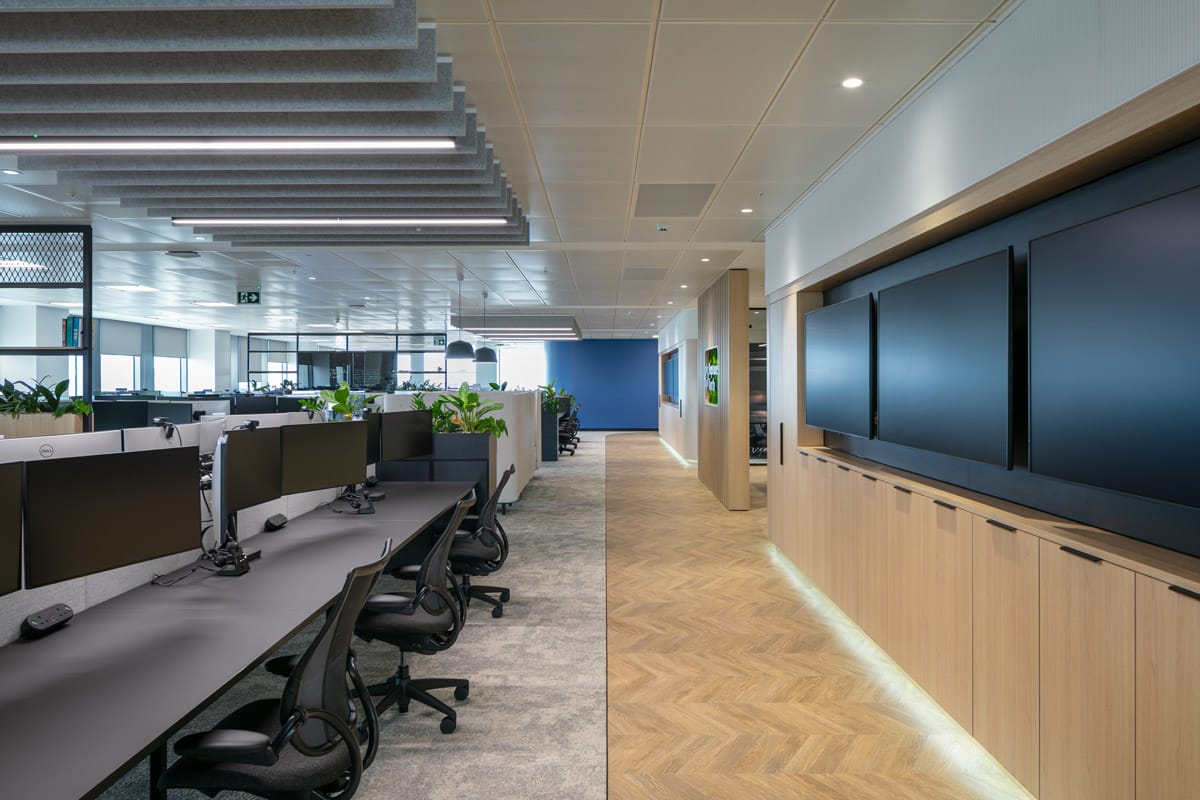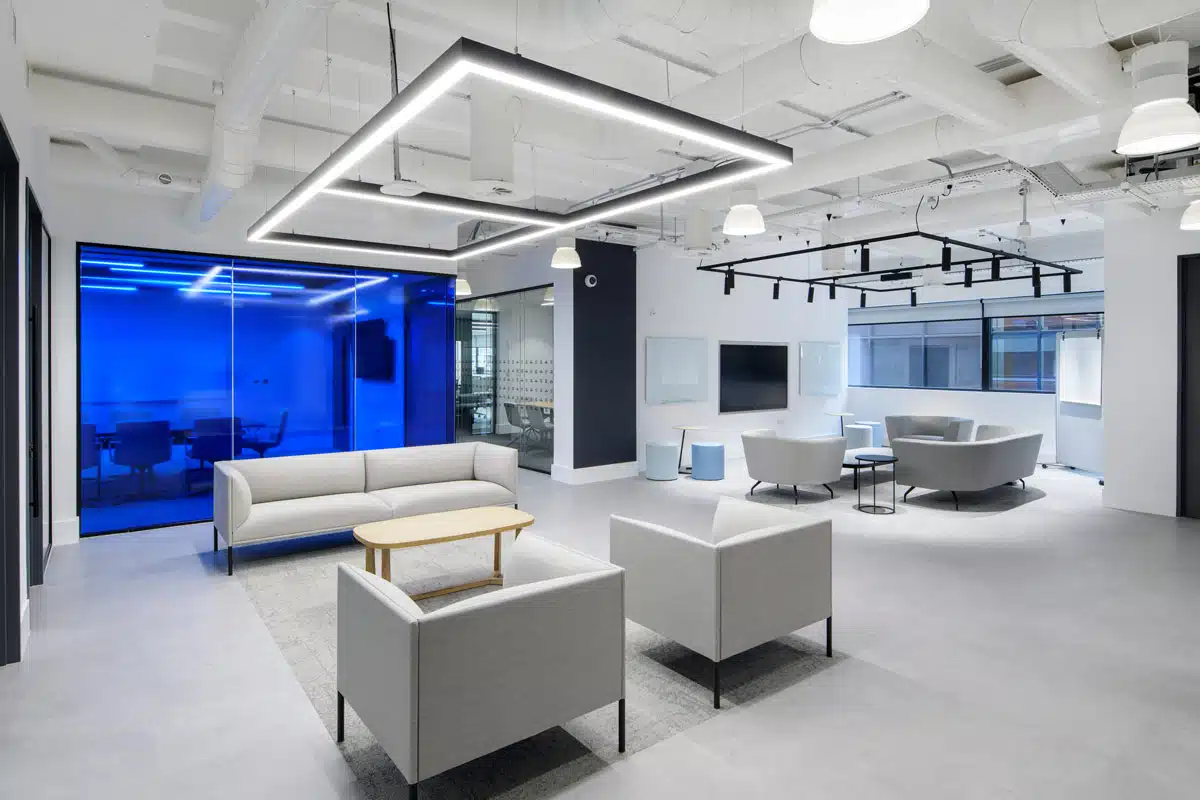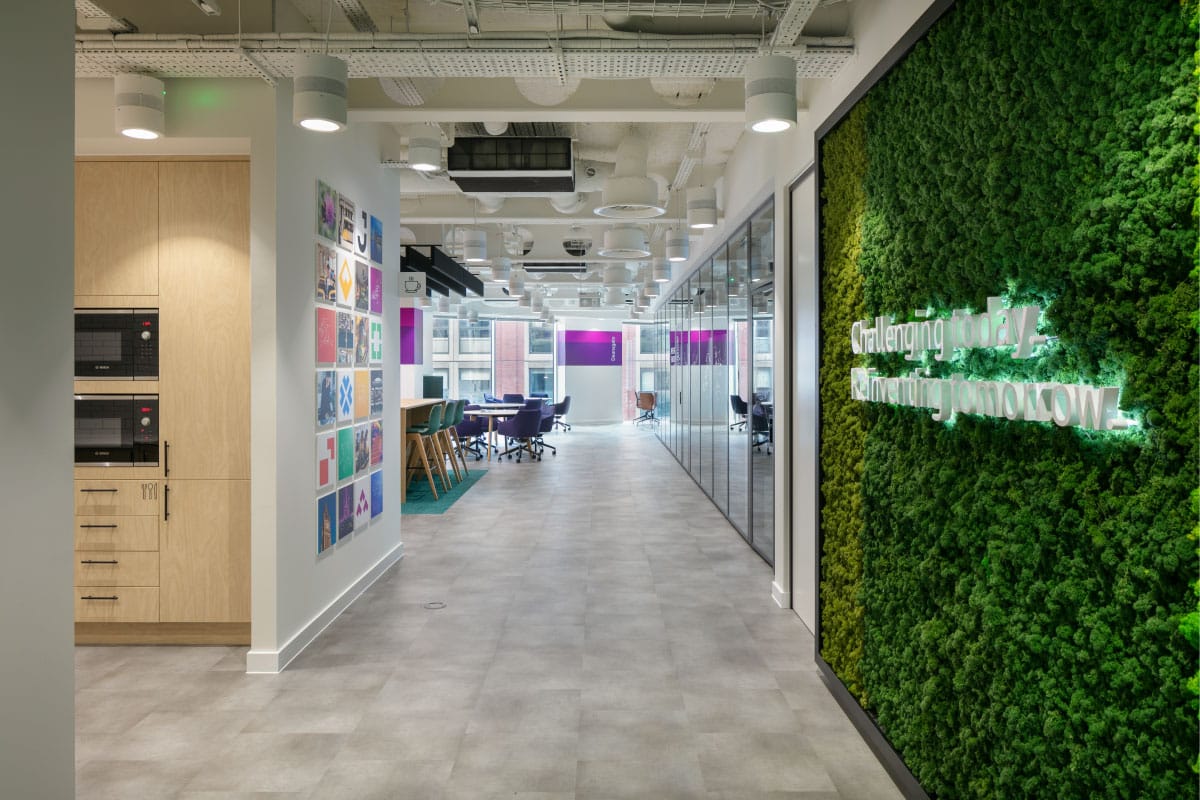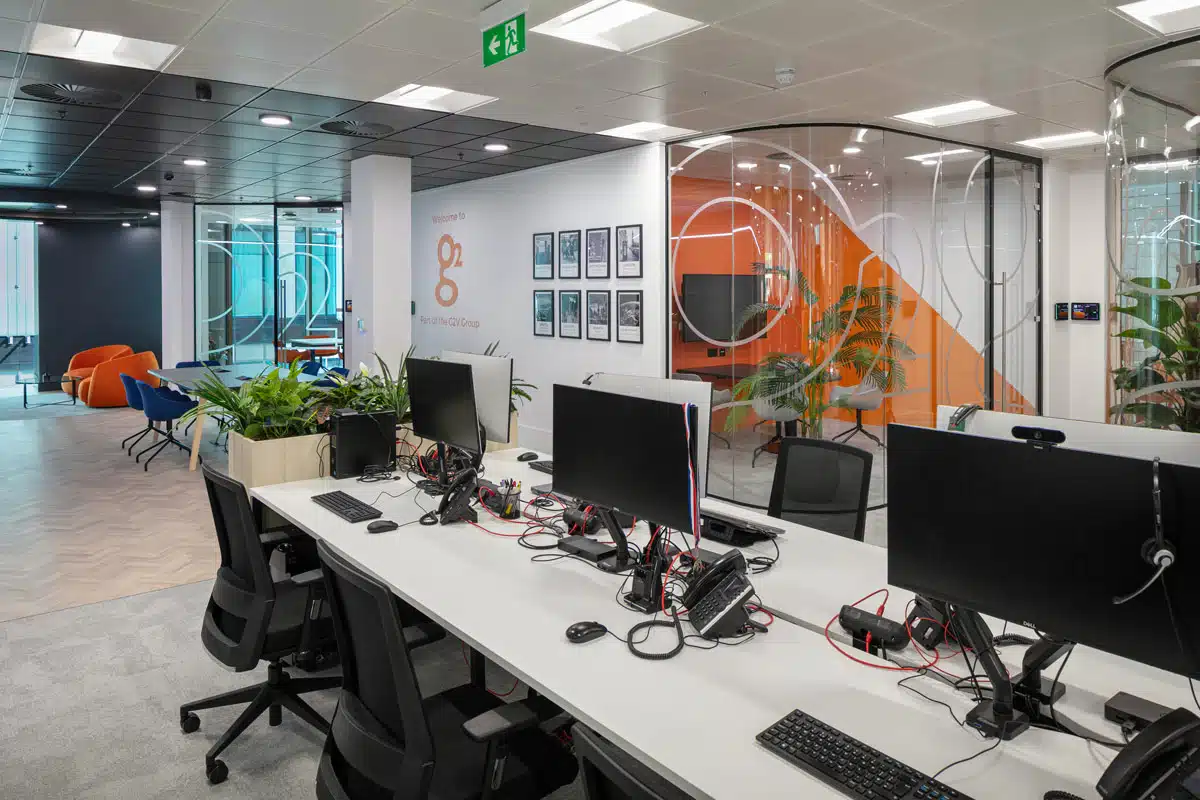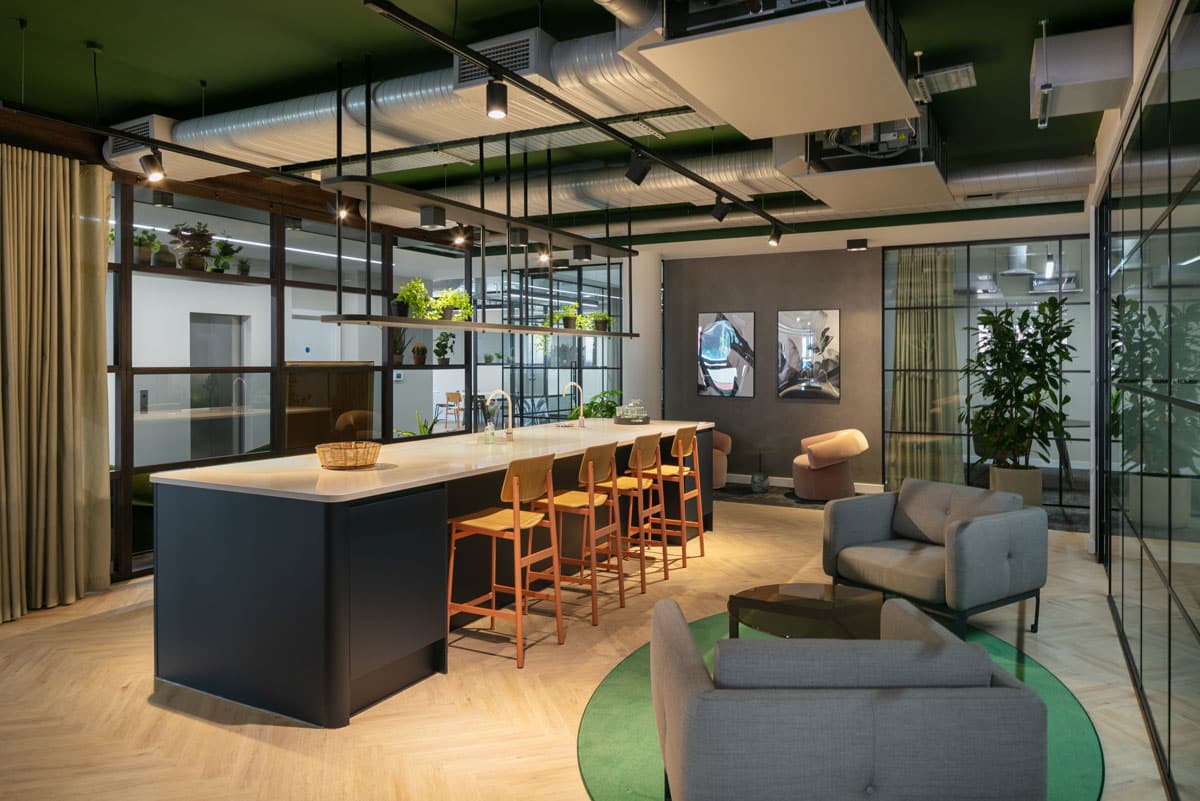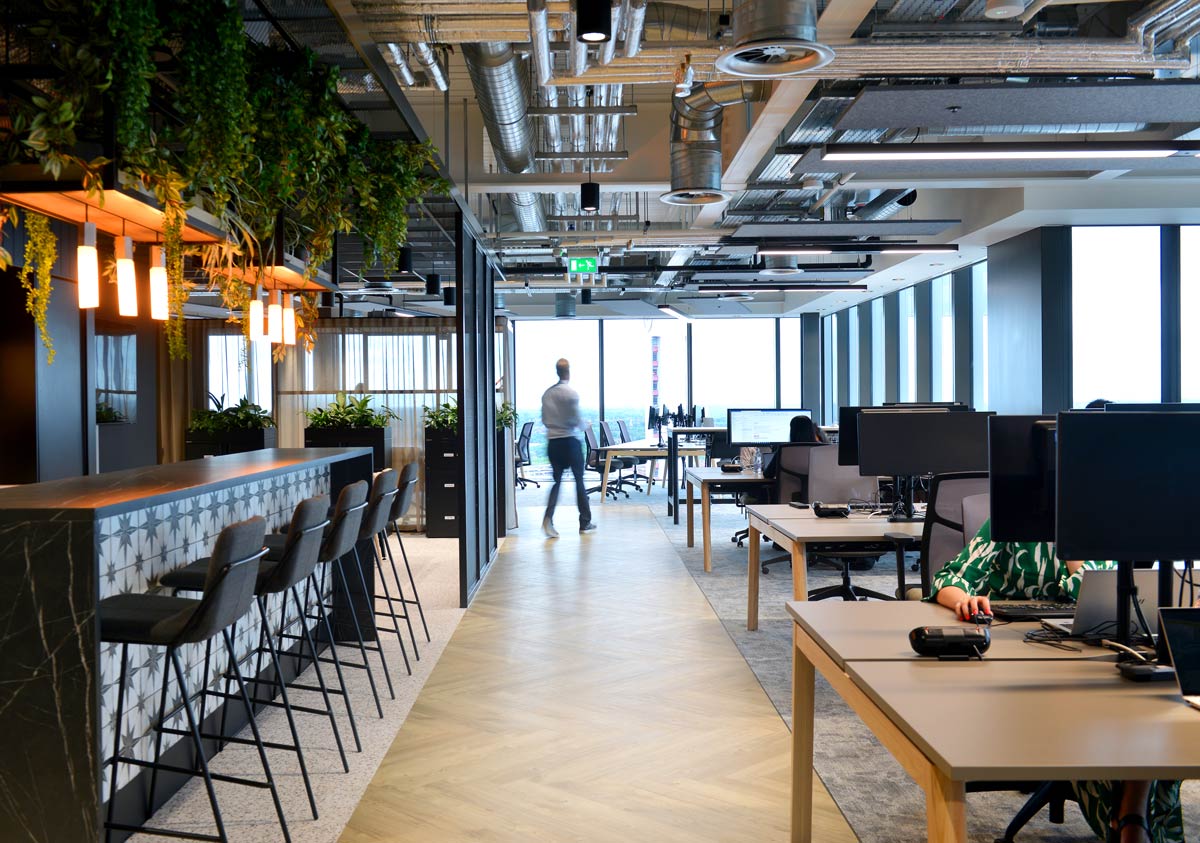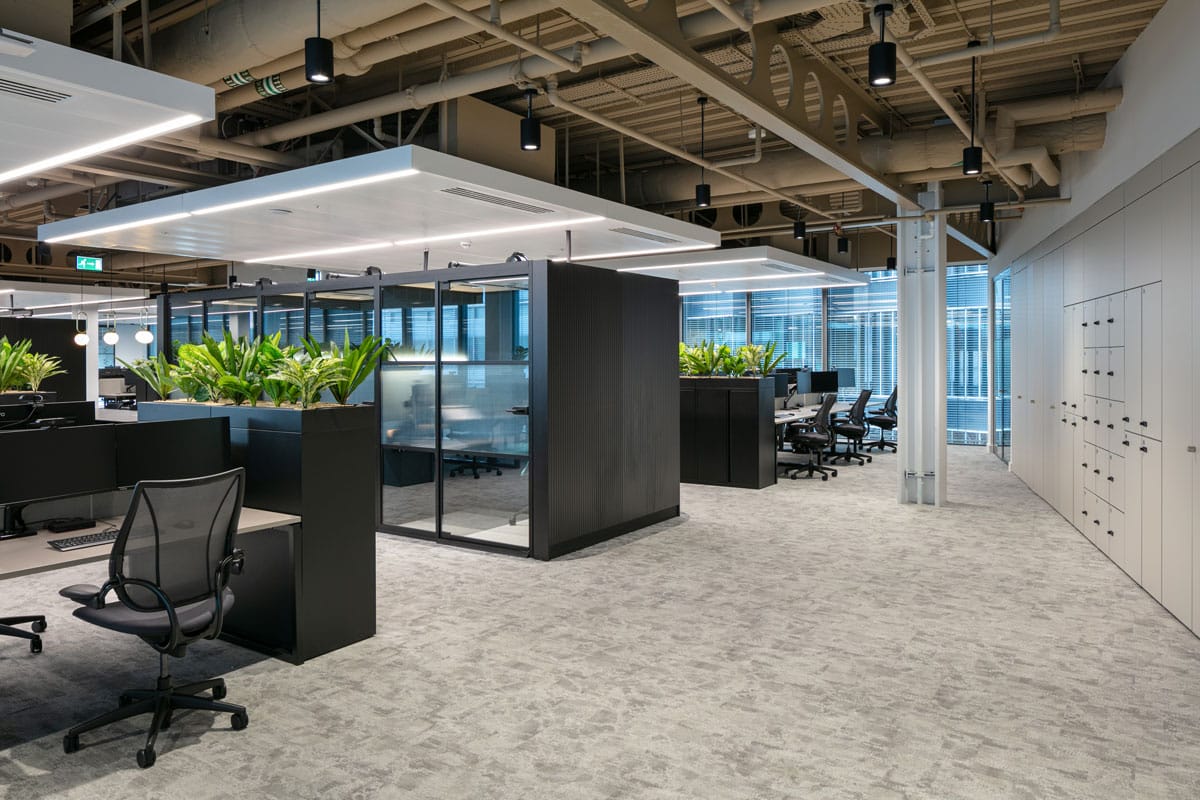A successful office fit-out does more than create a visually appealing space — it can actively support long-term business objectives. Whether your focus is on headcount growth, regional expansion, cultural change, or sustainability goals, aligning your office environment with your strategic direction is essential.
This article explores how a forward-thinking fit-out can become a practical driver for your 3–5 year business plan.
1. Design for Growth: Anticipate Future Headcount
Many organisations fall into the trap of designing for now rather than what’s next. However, planning for growth at the fit-out stage reduces the risk of costly future renovations or relocations.
When forecasting headcount growth:
- Choose modular furniture and flexible layouts that can adapt as teams scale.
- Ensure meeting spaces, collaboration areas, and desk setups are scalable.
- Consider incorporating hot-desking or agile work zones to support hybrid models.
A growth-ready office supports onboarding, reduces disruption, and helps you avoid running out of space too soon.
2. Support Regional or Organisational Expansion
If your business plans to open satellite offices or consolidate multiple locations, a well-aligned fit-out can help maintain consistency while supporting operational efficiency.
For expansion goals:
- Implement standardised workspace elements across locations (desks, signage, tech).
- Design zones that reflect the same brand and culture, even in different geographies.
- Ensure IT and AV infrastructure are compatible across multiple sites.
Consistency in workplace experience across regions reinforces your brand and eases staff transitions.
3. Reinforce Evolving Brand Identity
Businesses undergoing brand transformation — such as repositioning, mergers, or new leadership — can use fit-outs as a physical expression of change.
To reflect brand evolution:
- Integrate updated colours, logos, and messaging into the office design.
- Create spaces that reflect brand values, such as innovation, wellbeing, or transparency.
- Use materials, artwork, and finishes that tell your story.
A reimagined space can signal a shift in direction to employees, clients, and stakeholders alike.
4. Enable Culture and Ways of Working
Your workplace should reflect and enable the behaviours you want to see — whether it’s collaboration, focus, innovation, or flexibility.
To support cultural alignment:
- Provide a mix of open-plan areas, private work zones, and communal spaces.
- Consider quiet zones for deep focus and creative breakout areas for ideation.
- Involve your people in the design process to ensure the space supports their work styles.
Aligning space with culture boosts engagement and makes strategic objectives feel real and actionable.
5. Embed ESG and Sustainability Targets
Long-term business strategies increasingly include environmental, social, and governance (ESG) commitments. Your office fit-out should reflect and reinforce those goals.
For sustainability alignment:
- Choose low-carbon materials and suppliers where possible.
- Design for energy efficiency — natural light, LED lighting, and smart climate control.
- Aim for certifications like BREEAM or SKA to support formal sustainability targets.
Future-focused offices not only lower operational costs but also support stakeholder trust.
6. Build in Technological Agility
A fit-out aligned with business strategy must account for rapid technological change. Planning for IT upgrades, remote access, and automation capabilities is now non-negotiable.
To enable digital readiness:
- Install flexible infrastructure that can evolve with future tech.
- Ensure spaces are plug-and-play ready with power and data throughout.
- Design for hybrid meetings with integrated AV solutions and soundproofing.
Technological agility supports innovation and business continuity over the long term.
7. Budget with a Long-Term Lens
Cost is always a factor — but it’s important to distinguish between short-term expense and long-term value.
When budgeting:
- Factor in lifecycle costs, not just initial build costs.
- Consider savings from energy efficiency, reduced churn, and improved retention.
- Invest in durable materials and scalable design to reduce future spend.
An office that evolves with your business delivers greater ROI across its lifecycle.
Conclusion
Aligning your office fit-out with long-term business goals ensures that your workplace doesn’t just house your team — it actively supports your growth, culture, and vision. From future proof layouts to sustainability and branding, a strategic approach to fit-out planning can turn your workspace into a performance asset.
At ADT Workplace, we help organisations design workspaces that align with long-term objectives. Get in touch to explore how your next fit-out can support your business strategy.

